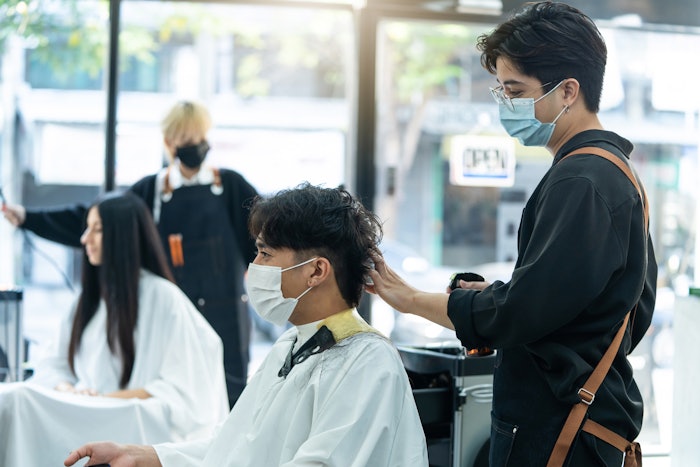
Donna Rodrigue, Eufora national trainer and salon owner, shares her solutions to creating a strong and lasting salon culture.
“I had to stop and think about what culture means in general, and why it matters,” says Rodrigue. “Culture can be hard to define. So many people throw the word around casually. On the surface it seemed like it was just the fun stuff—doing creative meetings, retreats and the like. After really diving in and looking at culture, I found those things do play a supporting role, but are definitely not all that the notion of culture encompasses. Culture components are varied, and essential in making your salon stand apart from the crowd when it comes to both guests and staff.”
Here are her three biggest tips on fostering your salon's culture:
1. Create Your Culture
Use books, reference materials and educational programs wisely. They help to create a strong foundation. With what you learn, create your own onboarding class for new hires that drives home the unique features and expectations of the salon.
2. Train Your Culture
During each of the first eight weeks of a new team member’s salon introduction, owners should plan to spend one to two hours with them diving into their salon culture. This training time often includes a recap of the top five things the new hire learned from a book assignment, as well as the top five things they have seen in action during the past week. Rodrigue also incorporates salon policies, procedures, scripting and other relevant information as time and needs permit. Remember, most new hires come in with no clue as to the day-to-day salon workings, so sharing key points personally means the message will be clear.
3. Protect Your Culture
Initial culture training is one thing that Rodrigue never delegates. “I do not want my training to be diluted or changed. Doing it myself allows me to build a connection with new hires, and then I revisit training yearly during the staff member’s anniversary month, when we review core values and celebrate achievements.” Protecting culture must be a priority. When someone is not living up to, or “fitting in” to, salon culture, it is the salon owner’s job to initiate an open conversation as soon as possible, addressing issues and offering redirection. Rodrigue suggests keeping the whole team involved with regular goal-setting sessions, idea-sharing and celebrations, all as part of an ongoing “culture build.” This will help protect the salon culture and instill a sense of pride in the team.











